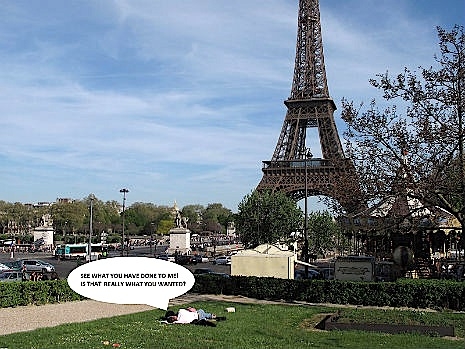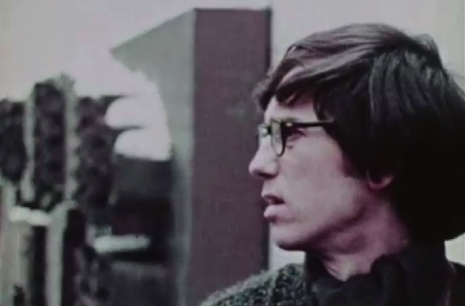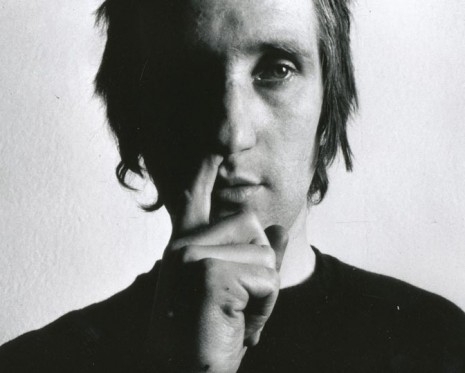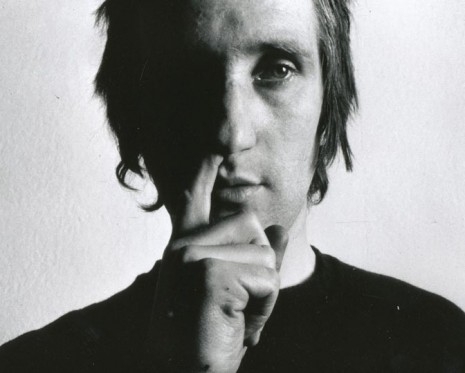
Marko Mäetamm is a multimedia artist, who works within the mediums of video, photography, drawing, painting and the Internet. Over the past 2 decades, Marko has established himself as an original and provocative artist, and his work has been exhibited across Europe.
Born in South Estonia, Mäetamm ‘grew up without any artistic influences,’ and did not consider becoming an artist until he was 18.
‘The first time I thought doing something creative was through this friend, who was a great fan of Prog Rock and Heavy Metal,’ Marko explains. ‘And the first time I felt I really wanted to do something visual or artistic was when I was looking at the these Heavy Metal and Prog Rock album sleeves at his place.
‘This was at the beginning of the 1980s, when Estonia was part of Soviet Union and you couldn’t legally buy any Western music in stores. It was all smuggled in somehow, so you had to know people who knew people who knew other people to get access to original albums of any kind of Western music. It was more common to share tape-recorded copies of the albums rather than to have the original vinyl.
‘So, my first “serious drawings” were copies of all of these album covers and bands.’
Marko jokes that these were ‘terribly bad drawings,’ but it was still enough to inspire his interest, and after 2 compulsory years in the Soviet Army, he studied study printmaking at the Estonian Academy of Arts in Tallinn.
‘It was still the end of Soviet regime, so we didn’t get much information of what was happening in the world of contemporary art. My first influences were all these great modern artists we had to study—Rousseau, Matisse, Chagall, Picasso and so on. That was until I discovered Pop Art, at the end of my studies, and got really into it.
‘This was all happening around the same time the new wave of Young British Artists jumped on the stage, but then nobody was talking about it in Estonia. So it shows you how huge a gap there was between the art here in Estonia, and international art. It took the whole 90-s to cover this gap.’
Dangerous Minds: How would you describe yourself as an artist and how would you describe your art?
Marko Mäetamm: ‘It is always difficult to describe yourself. It is kind of a tricky thing. We never see ourselves the way like the other people do, even when we look in the mirror we actually see our image in a mirror – the eye that we think is our right eye is actually our left eye for other people and so on. And our voice we hear coming from inside us is totally different from the voice other people hear us talking with.
‘But to try to say something - I think I am quite obsessed by my work and I probably need it to keep myself in balance. I say, “I think” because I do think that it might be like that, I don’t really know. And I think that I may not function as good if I didn’t have that channel – art, to communicate with the world. I have come to recognize this by thinking of my own projects during my career. And how my ideas change. People have asked me if I have a therapeutic relationship with my work, and I have always answered that it is absolutely possible. But I really don’t know and I don’t even know if I would need to know it. I don’t know if that would make my work better.’

More art and answers from Marko, after the jump…









